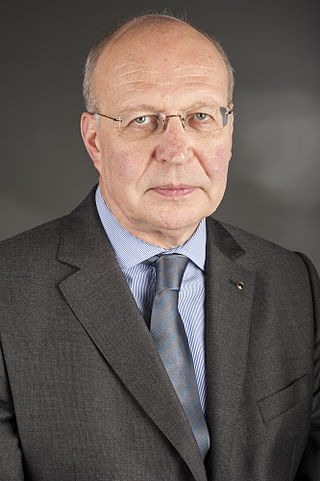
Andrew Nicholas Duff is a British politician who presided over the Union of European Federalists (UEF) from 2008 to 2013. A member of the Liberal Democrats, he served as a Member of the European Parliament (MEP) for the East of England from 1999 to 2014.
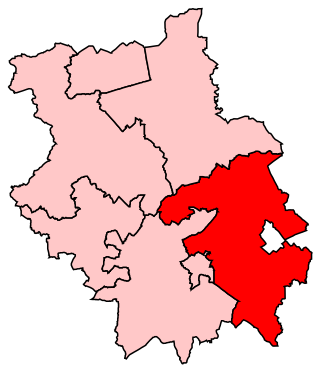
South East Cambridgeshire is a constituency represented in the House of Commons of the UK Parliament since 2015 by Lucy Frazer, a member of the Conservative Party who has served as the Culture Secretary since 2023. It was established for the 1983 general election. The constituency has always been based on the cathedral city of Ely.
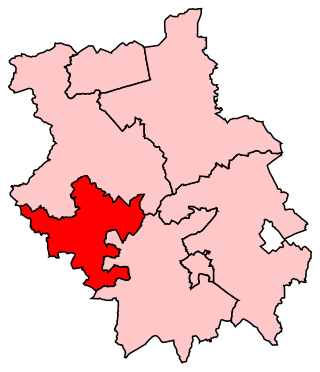
Huntingdon is a constituency west of Cambridge in Cambridgeshire and including its namesake town of Huntingdon. It has been represented in the House of Commons of the UK Parliament since 2001 by Jonathan Djanogly of the Conservative Party.
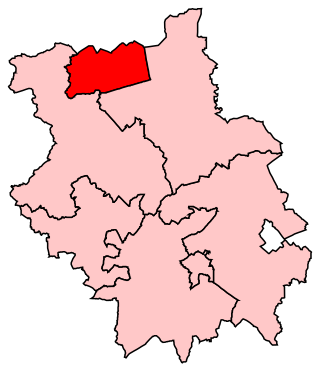
Peterborough is a borough constituency represented in the House of Commons of the Parliament of the United Kingdom since 2019 by Paul Bristow of the Conservative Party.

East of England was a constituency of the European Parliament that was coterminous with the East of England region. It returned 7 MEPs using the D'Hondt method of party-list proportional representation, until the UK exit from the European Union on 31 January 2020.
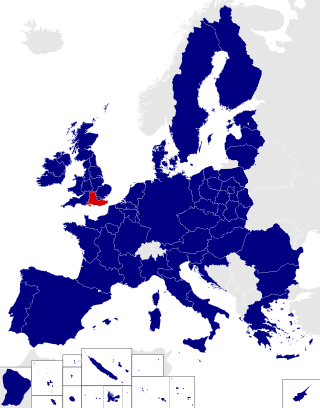
South East England was a constituency of the European Parliament. It elected 10 Members of the European Parliament (MEPs) using the D'Hondt method of party-list proportional representation until the UK exit from the European Union on 31 January 2020.
Cambridgeshire is a former Parliamentary constituency in the United Kingdom. It was a constituency represented by two Members of Parliament in the House of Commons of the Parliament of England then in the Parliament of Great Britain from 1707 to 1800 and in the Parliament of the United Kingdom from 1801 to 1832, when its representation was increased to three until it was abolished in 1885.
Huntingdonshire was a Parliamentary constituency covering the county of Huntingdonshire in England. It was represented by two Members of Parliament in the House of Commons of England until 1707, then in the House of Commons of Great Britain from 1707 to 1800, and then in the House of Commons of the Parliament of the United Kingdom from 1801 to 1885.
Isle of Ely was a county constituency represented in the House of Commons of the Parliament of the United Kingdom, centred on the Isle of Ely in Cambridgeshire. Until its abolition in 1983, it elected one Member of Parliament (MP) by the first past the post system of election.

South West Cambridgeshire is a former United Kingdom Parliamentary constituency. Created in 1983 upon the abolition of the Cambridgeshire constituency, it was abolished in 1997 and succeeded by the constituencies of South Cambridgeshire and Huntingdon.

Bedfordshire was a constituency of the European Parliament located in the United Kingdom, electing one Member of the European Parliament by the first-past-the-post electoral system. Created in 1979 for the first elections to the European Parliament, it was abolished in 1984 and succeeded by Cambridge and Bedfordshire North and Bedfordshire South.

Cambridgeshire was a constituency of the European Parliament located in the United Kingdom, electing one Member of the European Parliament by the first-past-the-post electoral system. It was first created in 1979 for the first elections to the European Parliament, but was abolished in 1984 election.

Essex North East was a constituency of the European Parliament located in the United Kingdom, electing one Member of the European Parliament by the first-past-the-post electoral system. Created in 1979 for the first elections to the European Parliament, it was abolished in 1994 and succeeded by the constituencies of Essex North and Suffolk South and Essex South.

Essex South West was a constituency of the European Parliament located in the United Kingdom, electing one Member of the European Parliament by the first-past-the-post electoral system. Created in 1979 for the first elections to the European Parliament, it was abolished in 1994 and succeeded by the constituencies of Essex West and Hertfordshire East and Essex South.

Hertfordshire was a constituency of the European Parliament located in the United Kingdom, electing one Member of the European Parliament by the first-past-the-post electoral system. Created in 1979 for the first elections to the European Parliament, it was abolished in 1999 on the adoption of proportional representation for European elections in Great Britain. It was succeeded by the East of England region.

Norfolk was a constituency of the European Parliament located in the United Kingdom, electing one Member of the European Parliament by the first-past-the-post electoral system. Created in 1979 for the first elections to the European Parliament, it was abolished in 1999 on the adoption of proportional representation for European elections in the United Kingdom. It was succeeded by the East of England region.

Suffolk was a constituency of the European Parliament located in the United Kingdom, electing one Member of the European Parliament by the first-past-the-post electoral system. Created in 1979 for the first elections to the European Parliament, it was abolished in 1994 and succeeded by the constituencies of Suffolk and South West Norfolk, Essex North and Suffolk South and Cambridgeshire.

Bedfordshire and Milton Keynes was a constituency of the European Parliament located in the United Kingdom, electing one Member of the European Parliament by the first-past-the-post electoral system. Created in 1994 from parts of Cambridge and Bedfordshire North and Suffolk, it was abolished in 1999 on the adoption of proportional representation for European elections in the United Kingdom. It was mostly succeeded by the East of England region, with the remaining part succeeded by the South East England region.

Bedfordshire South was a constituency of the European Parliament located in the United Kingdom, electing one Member of the European Parliament by the first-past-the-post electoral system. Created in 1984 from parts of Bedfordshire and Northamptonshire, it was abolished in 1994 and succeeded by Bedfordshire and Milton Keynes.








